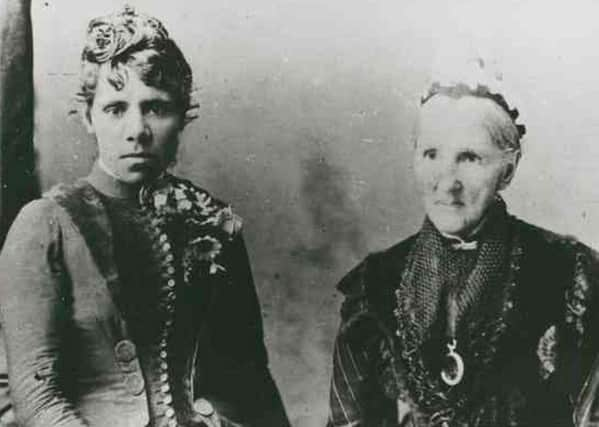The Scotswoman who protected an Aboriginal tribe


Raised on a tenant farm at Glenlyon in Perthshire, Mrs Smith ventured to Rivoli Bay with her second husband where they became some of the first European settlers in the region
Mrs Smith was also to take ownership of another ‘first’. She went on to integrate and live amongst the local Buandig or Boandik people and write the classic book on their customs, language and way of life.
Advertisement
Hide AdThe Smiths, who had nine children in total, were Christian missionaries and quickly concerned themselves with the way of their new environment.
An alarming incident on the roadside late one night forged their approach to the people they lived amongst.
READ MORE: 5 Scottish islanders who made their mark on the New World
They found a dead Aboriginal woman lying on the ground surrounded by her tribes people, who were covering themselves with mud amid the grief.
By the woman’s body was her baby, who was still alive.
The encounter led the Smiths to become deeply involved in working to understand the ways of the Buandig.
The Smith’s approach was regarded as something of a breakthrough at a time when European settlers and native tribes rarely integrated on a successful level. Violence, bloodshed and fear dominated the social climate as European influence expanded across Australia.
Advertisement
Hide AdHowever, the way of the Smiths continued to grow. Duncan Stewart, Christina’s son by an earlier marriage in Scotland, became fluent in a Buandig dialect.
At the age of 14, he was appointed as an official interpreter by the South Australian government, according to Jane Haggis, associate professor at department of sociology at Flinders University.
Advertisement
Hide AdBy this time, the Smiths were living in Mount Gambier where James established a school for white and Aboriginal children. Following his death, his wife set up a home and school for Buandig people but the institution ultimately close due to financial problems and a mystery illness which took hold of the residents, Professor Haggis wrote.
In 1880, Ms Smith published her book The Boandik tribe of South Australian Aborigines.
She wrote how the “once numerous and powerful tribe of south-east natives was now represented by a miserable remnant” with the might of the people withered away by what she called the cruelties of early settlers.
“The intercourse of the natives with the European colonists has been their ruin,” Ms Smith wrote.
Christina died at Mount Gambier in 1893, aged about 80.
Her great-grand daughter, Heather Carthew, a journalist, did much to highlight her ancestor’s work.
In 1996 the Lady Nelson Discovery Centre was opened in Mount Gambier, where Christina Smith takes her place in the story of the Buandig people.
